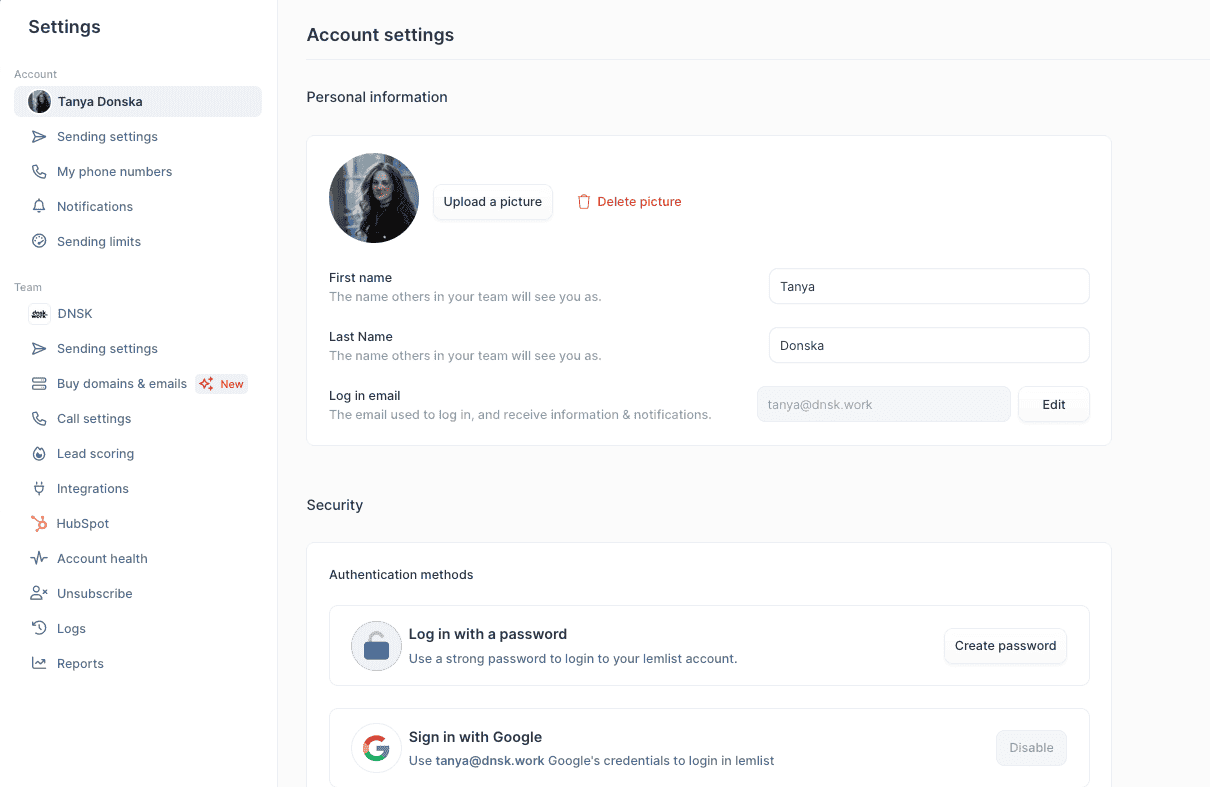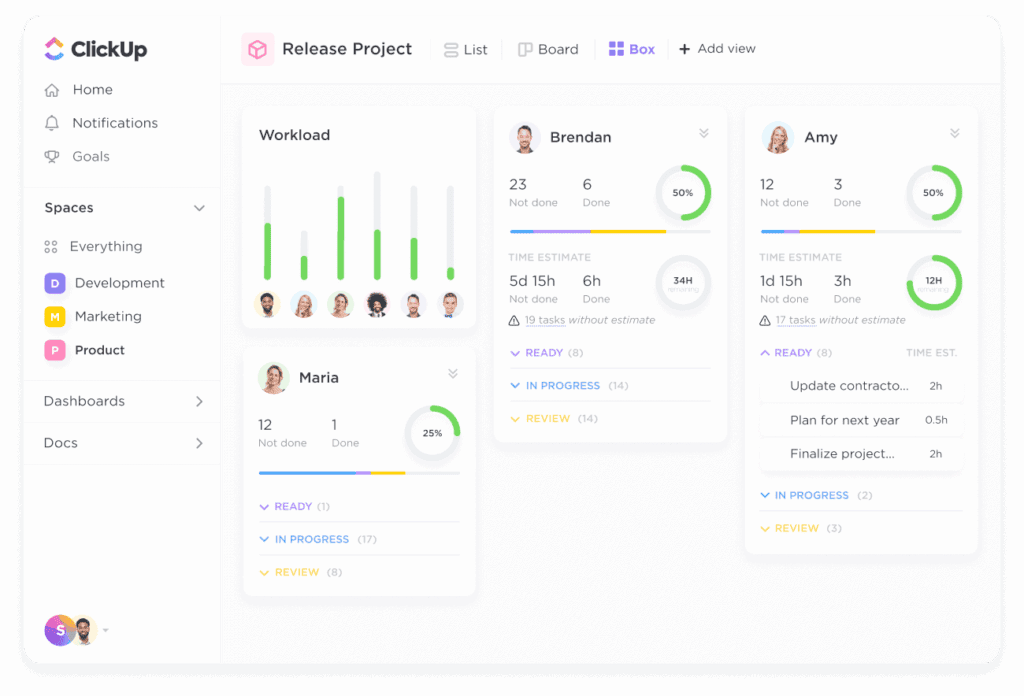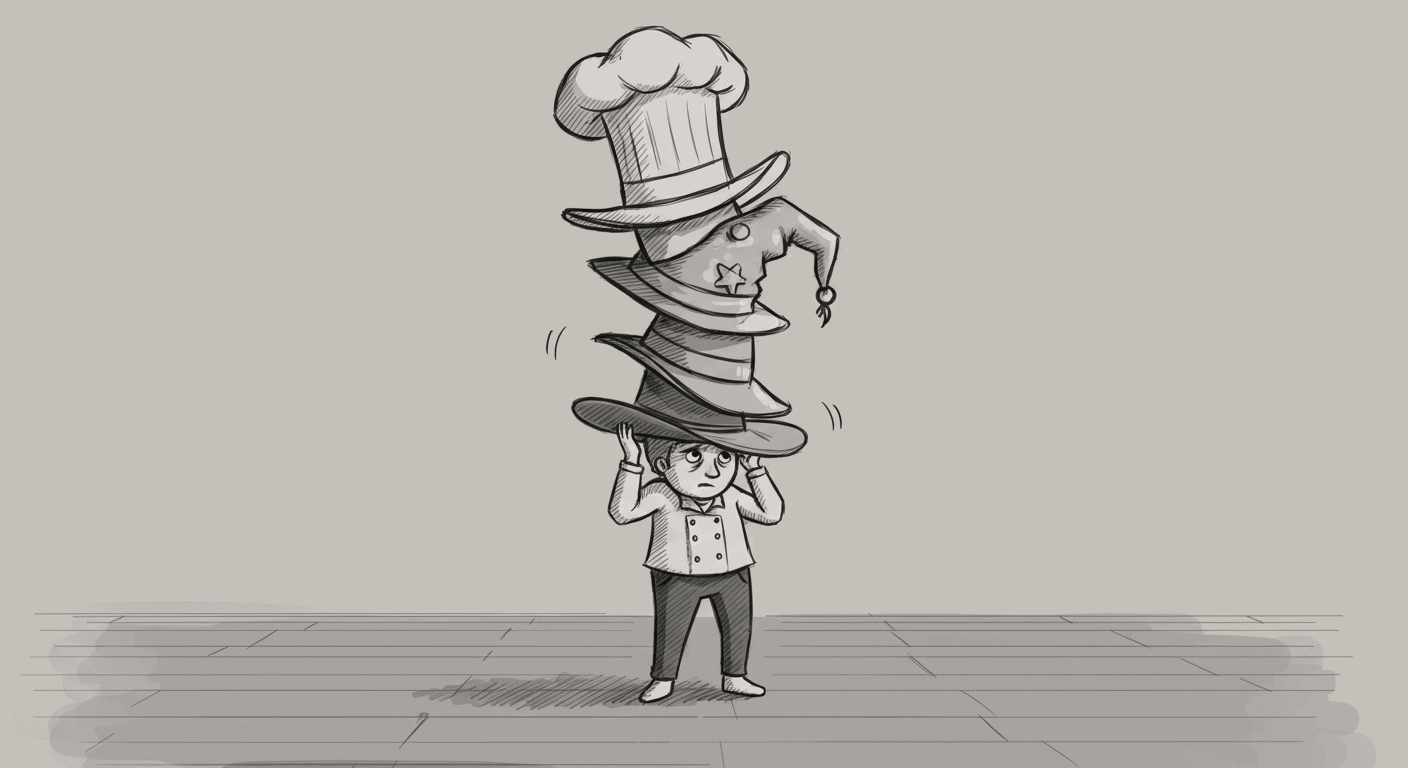This post is a reflection of my experience working as a UX consultant and Creative Director for a large, well-known product team — big budget, big ambitions, and genuinely talented people.
I liked the work, respected the team, but saw firsthand how the “all-in-one” temptation leads to scattered focus and diluted impact.
This isn’t armchair critique — it’s a lived observation from inside the beast.
Why “all-in-one” seduces founders and investors
“All-in-one.” It sounds efficient, intelligent, maybe even futuristic.
In reality? You’re usually buying a bloated toolbox full of half-broken gadgets that look good in a pitch deck but fail in daily use.
The pitch is irresistible: simpler stacks, single billing, more cross-sell opportunities, higher valuations. Founders imagine capturing every possible workflow under one roof, while investors dream of infinite upsell ladders. It feels like a shortcut to category dominance. But the promise is a mirage — what looks like a golden strategy on slides often becomes an execution nightmare in real life.
These pitches usually focus on potential market size instead of real user pain.
They prioritise breadth over depth, mistaking optional add-ons for meaningful solutions. The result? A product that checks boxes for everyone but truly satisfies no one.
How feature bloat kills focus (and user trust)
Every new feature added to an all-in-one product is another leak in the focus bucket. Instead of doubling down on solving one core problem brilliantly, teams spread thin across shallow add-ons.
- Support teams struggle to answer endless edge cases.
- Engineers get dragged into maintaining spaghetti code paths.
- Designers are forced to compromise consistency to handle a zoo of use cases.
Users notice this chaos even if they can’t articulate it. They sense when a tool feels coherent versus duct-taped. The UI starts to creak, performance lags, and workflows feel like wandering through a half-finished IKEA store. Trust erodes, and once trust cracks, it’s hard to glue back together.
Real-world offenders

Lemlist is a perfect example. It began as a clean, focused cold email platform. Then came CRM features, landing pages, and all sorts of bells and whistles.
Now? It’s serviceable for cheap lead gen but rarely a first choice for serious outreach. It’s a fast-food email experience when what people need is a carefully cooked strategy.

Then there’s ClickUp. Marketed as “one app to replace them all,” it promises tasks, docs, goals, dashboards, and more.
Yet each piece feels half-baked. Docs can’t compete with Notion, tasks can’t match Linear, and dashboards feel tacked on. Instead of a single powerhouse, it’s a collection of average ideas crammed into one chaotic interface.
The silent churn: how users quietly leave
Churn in all-in-one products rarely looks dramatic.
It’s a slow fade-out.
Users stop using certain modules. They export data to a specialist tool late at night. They keep the subscription alive just a little longer “just in case,” before finally disappearing for good.
You’ll see the signs: reduced logins, lower feature adoption, vague exit survey feedback about “finding a better fit.”
These users don’t rage-quit; they simply slip away because they never felt truly understood. And your retention graph starts to look like a gentle ski slope no investor wants to ski down.
Build narrow, win deep: the smarter strategy
The most beloved products don’t try to do it all. They pick a painful, specific problem and annihilate it. They earn trust by delivering deep value and proving they understand their users better than anyone else. This creates real loyalty — the kind that makes people recommend your tool at conferences and in Slack channels, unprompted.
Once you’ve nailed the core job, you can thoughtfully expand. But every new feature should feel like a natural extension of the original mission — not a marketing stunt or panic move to capture a new audience. Expansion done well feels inevitable, not desperate.
“All-in-one” often ends up meaning “adequate at most, irritating at worst.”
If you wouldn’t trust one tool to fix your plumbing and cater your wedding on the same day, why trust it to run your business?
Resist the buffet strategy.
Be the focused, exceptional restaurant people cross town for.
The place they brag about to friends.
The one they keep coming back to because it delivers exactly what they need, without compromise.
Your users don’t want everything.
They want the right thing — built properly, maintained with care, and delivered with confidence
